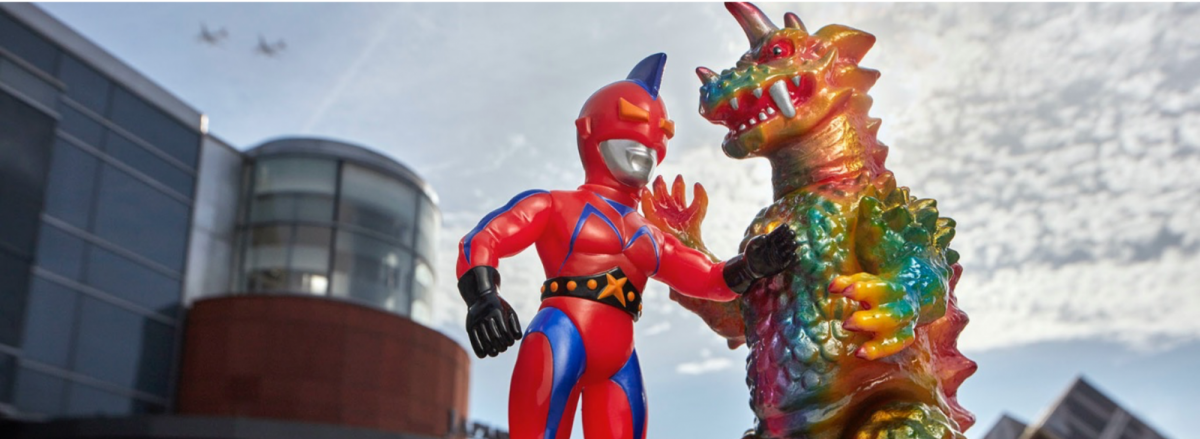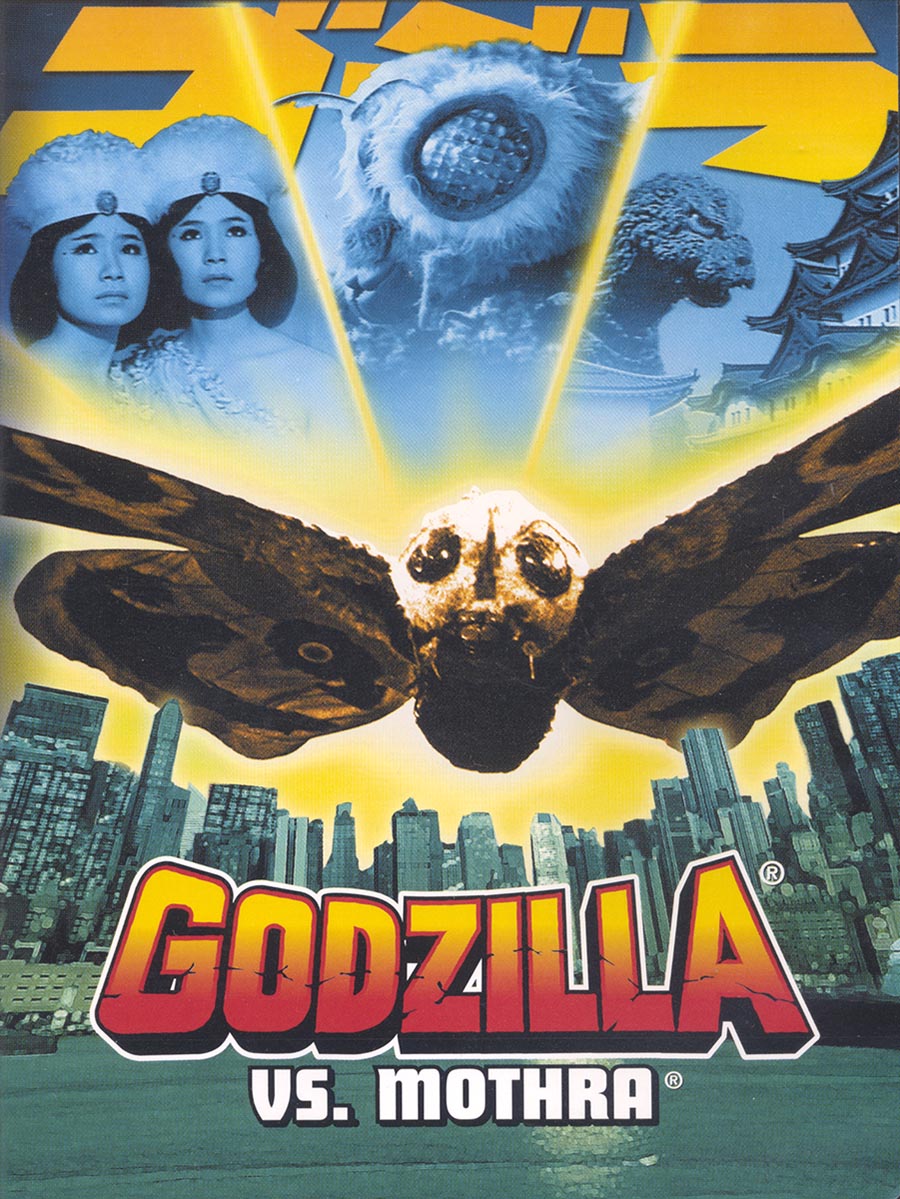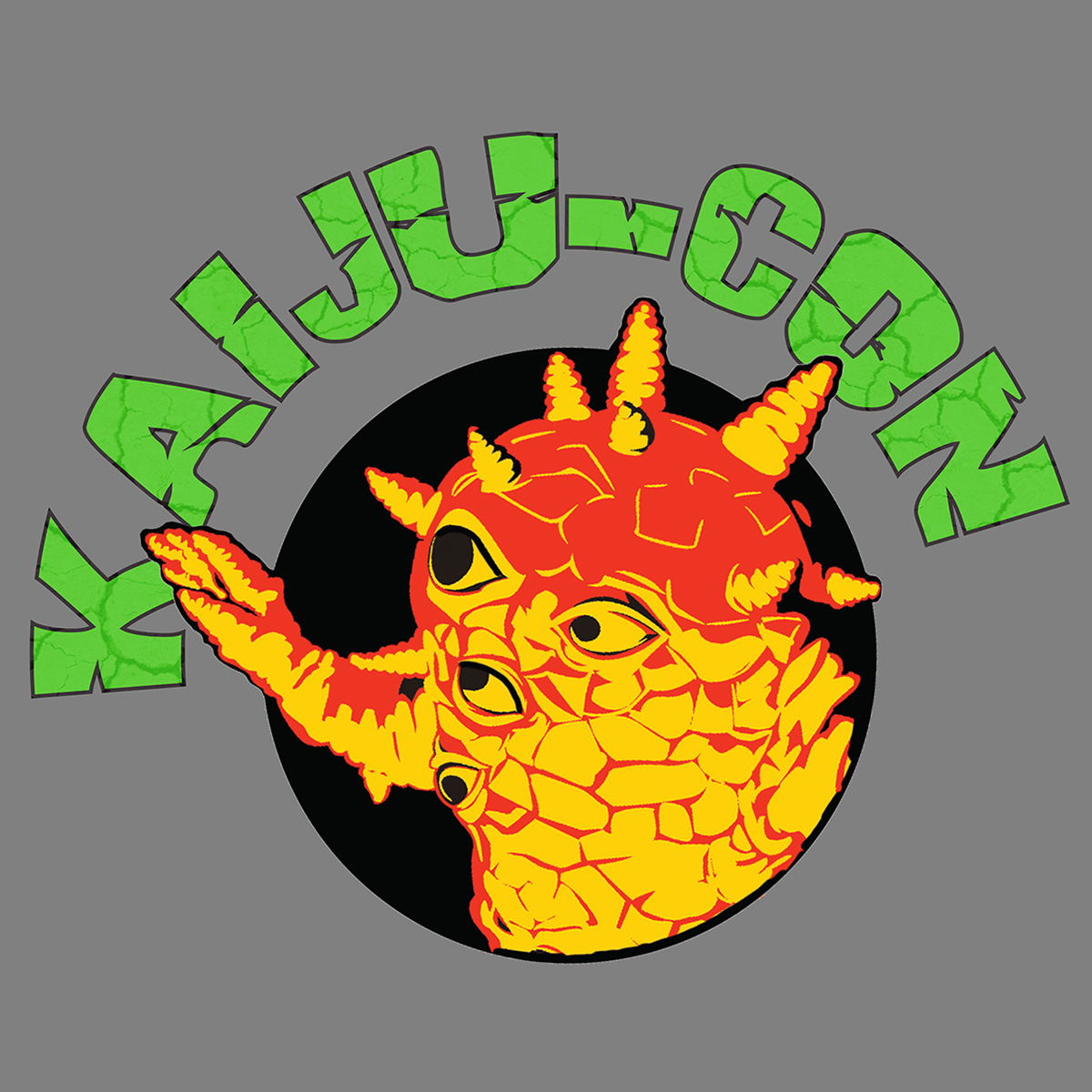
Saturday, June 15, 2019
11 a.m.–5 p.m.
In conjunction with Kaiju vs Heroes, JANM is hosting a day-long Kaiju-Con that will include a vendor hall, workshops, panel discussions, and demonstrations all related to kaiju and Japanese toys. The day will culminate in a special free outdoor screening at 8:30 p.m., on JANM’s plaza of Mothra vs. Godzilla from 1964.
Videos from three of the Kaiju-Con sessions are viewable below or you can watch them on JANM’s YouTube channel.
#kaijucon
Tickets | Activities | Vendor Hall | Costume Policy | For Vendors
KAIJU-CON TICKETS
Kaiju-Con tickets, which will include same-day museum admission, are now on sale. Early bird pricing will be available through May 31. Purchase tickets by 5 p.m. PT on Friday, June 14, or until sold out, for one-hour early admission and two free raffle tickets!
Early Bird Pricing (May 1–31) |
Starting June 1 |
| Adult $20 JANM Members $25 Non-members |
Adult $25 JANM Members $30 Non-members |
| Youth (ages 6–17) $15 JANM Members $20 Non-members |
Youth (ages 6–17) $20 JANM Members $25 Non-members |
| Children 5 and under free with paying adult | Children 5 and under free with paying adult |
Not a current JANM member? Join or renew now to receive your member’s discount!
SCHEDULED ACTIVITIES
- King Kong vs Godzilla (1962)
12:30 p.m.–2:30 p.m.
We present a special screening of the American version of this film dubbed in English. In it, a pharmaceutical company captures King Kong and brings him to Japan, where he escapes from captivity and battles Godzilla, who is accidentally released from a block of ice by a submarine crew. Writer and reviewer Richard Pusateri will introduce the film and answer questions afterwards.
In the Tateuchi Democracy Forum - Kaiju Sofubi: Soft Vinyl Monster Toys
12:45 p.m.–1:45 p.m.
The Marusan Toy Company created some of the first vinyl kaiju and hero toys of the 1960s. Join Marusan Toys, Inc. President Eiji Kaminaga for an educational and fun talk about the history and future of Marusan toys and kaiju sofubi. In the Koichi & Toyo Nerio Education Center
- How to Paint Kaiju
2 p.m.–3 p.m.
Have you ever wanted to paint your own kaiju toys? Collector and toy artist Mark Nagata will demonstrate some of his tricks of the trade, showing you how to turn vinyl toys into vinyl art! In the Koichi & Toyo Nerio Education Center
- Toy Collectors Roundtable
3:30 p.m.–4:30 p.m.
Hear our panel of toy collectors talk about the hobbyist mindset. When is it right to grow your collection? Mint-in-box or on display? What to do when you run out of space? Lifelong collectors Quang Le, Justin Ishmael, and Mark Nagata will discuss these questions and more. Moderated by fellow collector Tom Franck. In the Tateuchi Democracy Forum
ALL-DAY ACTIVITIES
-
Vendor Hall
More than 20 vendor booths featuring vintage and contemporary vinyl toys, custom-painted toys, kaiju artwork, animation artwork, specially licensed Ultra series and Godzilla toys, comics, books, ephemera, and more!- Anime Jungle
- Tony Benedict
- Cat Magic Toys & Obsessed Panda
- CHOGRIN
- Chompton Stoodios
- Cultured Critter Collective
- FM Raw Toys and Art
- Gravy
- ISH / Blitzkrieg Toys / Rocom Toys / Ubox Industries
- Willie Ito
- Larry Quach Art
- Last Bastion Studios
- Lenzations
- Lili Chin Art Inc.
- Lulubell Toy Bodega
- Marusan Toys Inc.
- Max Toy Company
- Mechavirus Toys
- MegaMedia Enterprises
- Joel Nakamura
- Peekaboo Gallery
- Sofvi Boys Club
- S.W.A.R.M.M. (Mantiques / Toy Trauma)
- Toy Art Gallery
As of 4/26/19
- Exhibitions
Includes JANM admission to see Kaiju vs Heroes: Mark Nagata’s Journey through the World of Japanese Toys and Common Ground: The Heart of Community. - Raffle
Win kaiju and hero prizes donated by our vendors! Tickets will be sold on-site and tickets drawn throughout the day. All prizes must be claimed by 5 p.m.
 Mothra vs Godzilla (1964)
Mothra vs Godzilla (1964)
Outdoor Screening
8:30 p.m. • FREE
JANM presents the quintessential sci-fi classic, Mothra vs. Godzilla, shown in Japanese with English subtitles. Watch Mothra battle the king of all monsters while mysterious twin girls hold the secret to controlling the destructive powers of the radioactive moth.
Popcorn will be available for purchase by Buttery Popcorn Co. and food by Takuma’s Burger.
A limited number of chairs will be set up, available first-come, first-serve. Guests are welcome to bring their own chairs and blankets, but please be mindful of blocking others’ views of the screen.
Supported by Los Angeles County Arts Commission.
COSTUME POLICY
Kaiju-Con is a family event where costumes are permitted. However, for your own safety and the safety of other attendees, JANM staff have absolute and immediate discretion and right to inspect costumes, props, and any other item you bring to the event. The museum reserves the right to enforce check-in of items or ask that questionable costume elements be removed.
- Costumes must suitable for all audiences. Do not wear items that feature profane or otherwise offensive language, or any other graphic content not suitable for all audiences.
- No live steel (edged metal weapons) will be permitted. No metal or wood bats, metal pipes, or long metal chains. Costume items should not be made of glass or contain glass components.
- Kaiju-themed hats or headwear may be worn as long as they do not obstruct vision.
- Masks may be worn only for photo opportunities. Masks or any other face coverings should be carried and not worn at other times.
- Very bulky costumes are discouraged as the event will be crowded and gallery spaces feature numerous cases and artifacts that should not be bumped into.
- Body paint/liquid makeup and similar substances must be properly dried/sealed so as not to rub off on other guests and to prevent damage to the exhibition spaces.
- Large purses, bags, backpacks, and cases are prohibited, as is all luggage.
We encourage you to contact us in advance if you have questions.
FOR VENDORS
Updated guidelines and procedures are now available. Download Now
(as of 4/12/19)
If you have questions, please contact kaijucon@janm.org.


